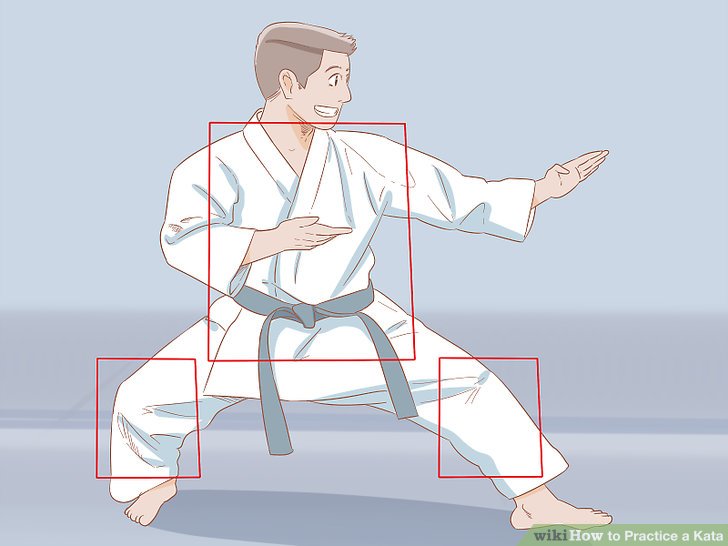SITMAC™ GENERAL RULES & REGULATIONS FOR TRADITIONAL PATTERNS (TW)
TRADITIONAL PATTERNS (TW) COMPETITION DEFINED
Traditional patterns (Poomsae, Tul, Hyung, Kata, Forms) competition allows for a forms competition where a recognized pattern competes with another recognized pattern, thus allowing different schools or styles who teach the traditional patterns with different nuances to compete with established judging criteria that recognize that there is no one accepted method of doing patterns from that style of martial arts.
The following is a list is considered “traditional” patterns in martial arts. Some of these may be repeated because of language or other factors. Below is an example of traditional patterns and is not a complete list.
(Patterns from the major Kwan/Kan of Korean Martial arts, Japanese/Okinawan, and American/Tracy Kenpo.)
COLOR BELTS
NOVICE (10th -9th, & 8th Keup/Kyu):
Kicho 1-3, Kuk-Mu 1-3, Chon-Ji, Dan-gun, Do-san, Taeguek 1-2, Palgwe 1-2, Pyung Ahn/Pian/Heian 1, Short 1 etc.
INTERMEDIATE (7th -6th, 5th, & 4th Keup/Kyu):
Pyung Ahn/Pian/Heian 2,3,4; Won-hyo, Yul-guk, Joong-gun, Taeguek 3,4,5/Palgwe 3,4,5/ Long 1,Short 2 etc.
ADVANCED (3rd, 2nd & 1st Keup/Kyu):
Pyung Ahn/Pian/Heian 5; Toi-gye, Hwa-rang, Choong-Moo, Taeguek 6/7/8, Palgwe 6/7/8, Long 2,Short 3, Naihanchi, Bassai etc.
BLACK BELTS
Kwang-Gae, Po-Eun, Ge-Baek, Eui-Am, Choon-Jang, Ko-Dang, Juche, Sam-Il Yoo-Sin, Choi-Yong, Yon-Gae, Ul-Ji, Moon-Moo, So-San, Se-Jong, Tong-il, Passaai (Bassai), Dai Passaai, (Bassai) So, Jin Do, Ro Hai, Kong San Kun, Dai Kong, San Kun, So Wan Shu, Ji-on, O Sip Sa Bo, Ship so, Koryo, Kumgang, Taebaek, PyongWon, Ship jin, Ji tae, Chong kwon, Hansu, Ilyo, Long 3-5 etc.
Judging merits will be awarded based on Technique, Power, Focus, Rhythm, and Balance. These are listed in order of importance when judging. Along with Confidence, and grace as factors to consider.
Points are awarded up to 5 for each of the above merits a total of 25 points. So each judge can award a total of 5 points for “technique/power/focus/rhythm/balance, with 3 being average. 5 would mean a flawless action, so if they show what the judge considers to be “perfect power”, then they would award 5 points. Under the black belt, if they must restart, will be allowed one restart, but, a 2nd will have a half-point deduction from the total score. Black belts will have a one-point deduction.
Competitors will be identified as Blue (Chung) or Red (Hong). The preferred method is to have a red or blue belt or sash for each competitor, however, a red and or blue flag can be applied by declaring the competitor as BLUE and RED.
Judging ideally should be done with five (5) scorers, the judges shall be positioned at the four corners of the competition area and the referee shall be positioned in the rear between the two corner judges. The referee shall represent the fifth scorer.
If using Three (3) judges shall be positioned in an equilateral triangle, one on each front corner and one between the remaining corners. The referee shall abstain from scoring.
When using two (2) judges, the judges shall be positioned at the right and left corners of the front of the competition area and the referee shall be positioned in the center rear, effectively creating an equilateral triangle. The referee shall represent the third scorer.
Each judge shall record their points on a scorecard and present them to the referee who will give them to the scorekeeper for them to tally the points for each competitor. This will be recorded on the competitor’s scorecard.
Each competitor should in the event of a tie, be prepared for an optional pattern. If the competitor does not know one, they of course can do their current pattern. The scores from both will then be added to the total to get the highest scores.
While it is ideal that the competitor does whatever current pattern is based on your rank, it is not absolutely required, however, if you are a 1st Keub/Kyu doing a 5th Keub/Kyu pattern because it’s easier, you will receive a lower score compared to your competition. This will be more likely to happen at the black belt level, however, we will trust the competitor and their instructor if they do a pattern that is not done in the normal sequence as the majority. Black Belts can do ANY pattern that they know, provided it is a “traditional pattern” as defined above. So, a 2nd Dan who would normally do Ko-Dang as an example, but chooses a harder more difficult pattern such as Moon-Moo is free to do so.
![]()

